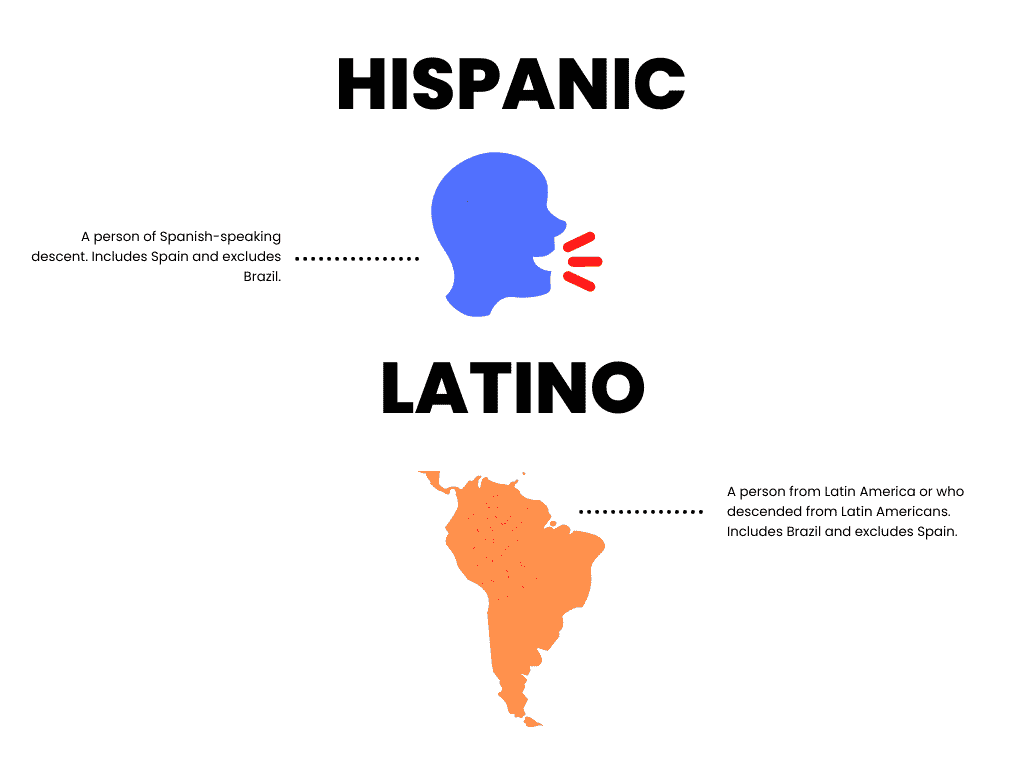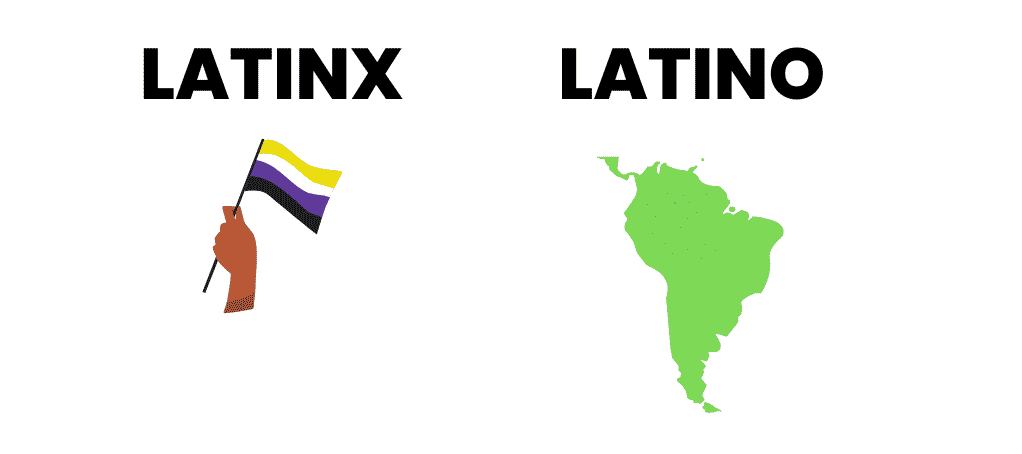If your law firm is looking to break into the Hispanic market, then you ideally keep up with the latest news and conversations happening around their communities.
One of such debates that has been going on for a while now — and hasn’t yet reached a consensus — is how we should refer to the members of our communities who find their roots in Mexico, Central and South America, the Caribbean, or Spain.
We find diversity in the languages they speak, in the cultures they represent, and the traditions they follow. Thus, labeling them in one single category is inaccurate and not representative of their rich multiculturalism.
One common misconception is that the terms ‘Hispanic’ and ‘Latino’ are synonymous with each other, when both describe different groups of people. When we talk about the Hispanic community, we refer to those who come from Spanish-speaking countries, whereas ‘Latino’ is an umbrella term to refer to those who are born or trace their roots to Latin American countries, independent of the language they speak (e.g. Brazil).

In recent years, as the LGBTQ+ movement has led discussions surrounding language inclusivity, activists have pointed out that the term ‘latino/a’ erases one portion of the population: Nonbinary, gender-fluid, and queer people. As a result, many scholars and activists have proposed more inclusive terms: Latinx/Latine.
To understand why this discussion is important for any law firm trying to market to this diverse community, let’s first explore the history of the term ‘latinx’ in the U.S.
A brief history of ‘Latinx’
Long before discussions of gender-neutral language and pronouns we read and hear about in the media today, ‘Latinx’ was already being used online since 2004 by queer Hispanic users. While it is unclear exactly when and how it emerged, it is part of a broader movement that challenges gender identity and norms.
Especially in the U.S.,the younger generations are advocating for the use of inclusive language, for example, they/them pronouns for people who don’t adhere to the male and female genders. As a gendered language, Spanish terms, such as latino (male) and latina (female),’ assign a gender regardless of how someone may identify.
The use of ‘Latinx’ is more common in social media and in academic writing, although it hasn’t been able to catch on in mainstream use.

What’s with the debate?
While one-in-four U.S. Hispanics have heard of the term ‘Latinx,’ only 3% actually use it, according to a survey by Pew Research Center. Hispanic women ages 18 to 29 are most likely to use the term (14%).
Despite efforts to offer a gender-neutral term that includes nonbinary individuals of Latin American descent, critics argue that ‘Latinx’ is not appropriate for a gendered language as is Spanish. They see this change as not representative of the population as a whole and is just an attempt to “anglicize” the Spanish language.
Another objection to adopting ‘Latinx’ to describe the Hispanic population is that it does not follow Spanish grammatical and phonetic rules. As a response to this concern, the alternative ‘Latine’ was born.
Based on the gender-neutral pronoun ‘elle’ (as opposed to the male pronoun ‘él’ and female pronoun ‘ella’), the term ‘latine’ is easier to pronounce in Spanish, though it hasn’t reached the level of notoriety that ‘latinx’ has.
However, at the core of the debate is an underlying political polarization that contends the existence of nonbinary gender identities. As a result, the conversation has been politicized and dismissed as a political agenda from the Left.
Latinx? Latine? What term to use
Let us be clear: We don’t erase or belittle the existence of nonbinary folks of Latin American descent. People who identify as Latinx/Latine are just as valid as those who either identify as Latina or Latino. As such, brands committed to diversity and inclusion should embrace this type of diversity as well.
We get it. It’s not easy to market to such a diverse population that uses different terms and markers to identify themselves. If you scratch your head at the thought of picking your marketing strategy, we don’t blame you.
But don’t fret. The secret to marketing to the Hispanic populations is to embrace the nuance. Let us explain.
Just as there is diversity in the way people of Latin American roots identify themselves, your law firm doesn’t have to stick to a term exclusively. You can use these terms, including Latinx/Latine, depending on the audience and purpose of your message.
These are not and should not be at odds with each other, as different people will relate to the term of their choosing. Respecting this fact and implementing this diversity within your law firm will open you to the beauty of marketing to such a multifaceted audience.
Our takeaways from the Latino/Latinx debate
As previously stated, adopting a “size-fits-all” term to describe a diverse population is not accurate or respectful of their cultural richness. If you truly want to win the Latinx market, your law firm must commit to represent every experience.
When it comes to building a marketing strategy that embraces these complexities, it takes knowing your target audience and their specific needs. The dilemma is not so much what term your law firm should use, but what term best describes your clientele at a given time.
Don’t let these nuances distract you from getting started with your law firm’s Hispanic marketing strategy. If you’re still unsure about what language and terms to use on your marketing materials, let us, Hispanic marketing experts, handle it. Our multicultural background will come in handy!



